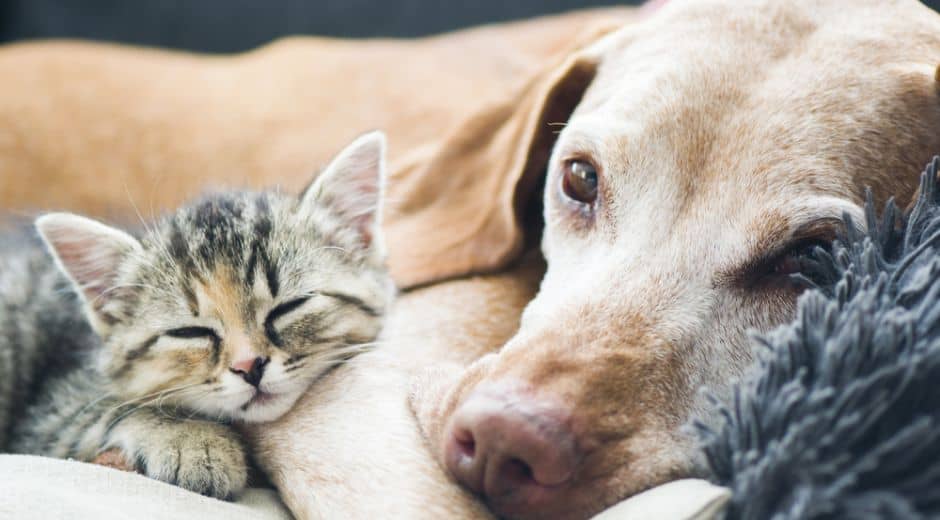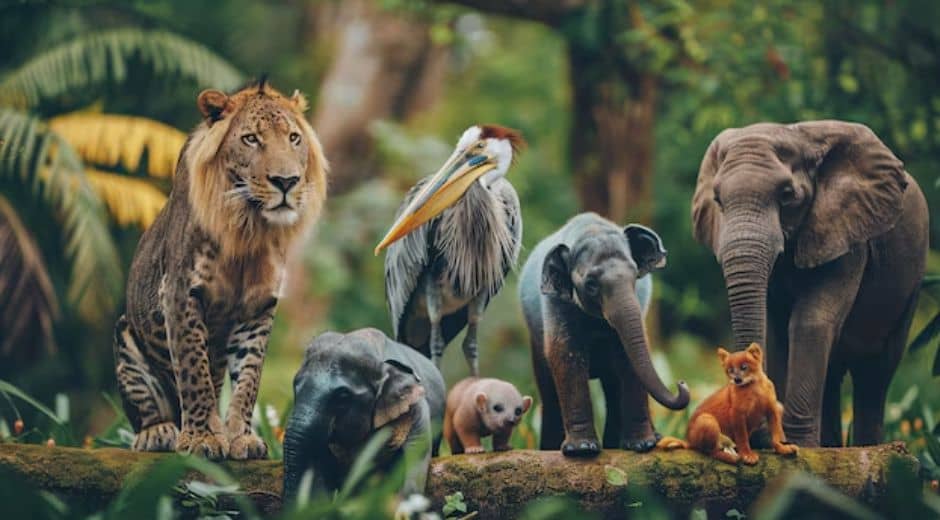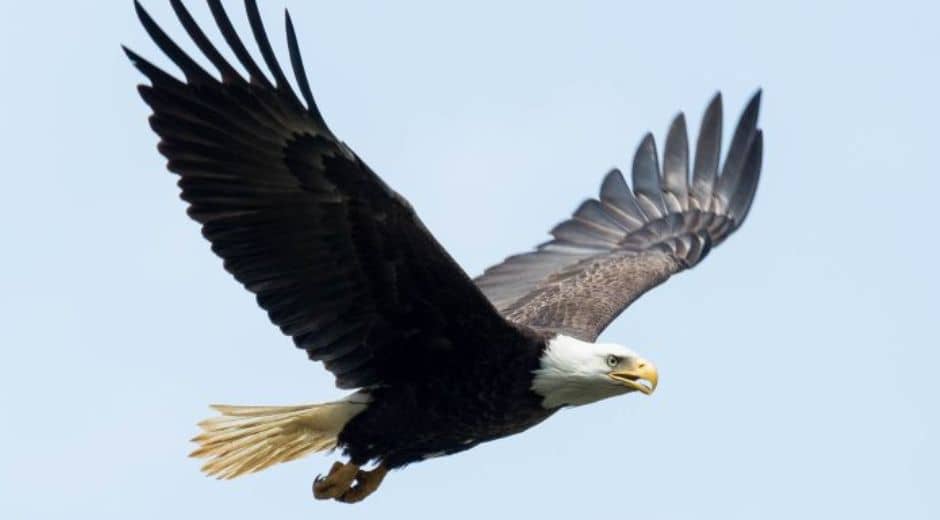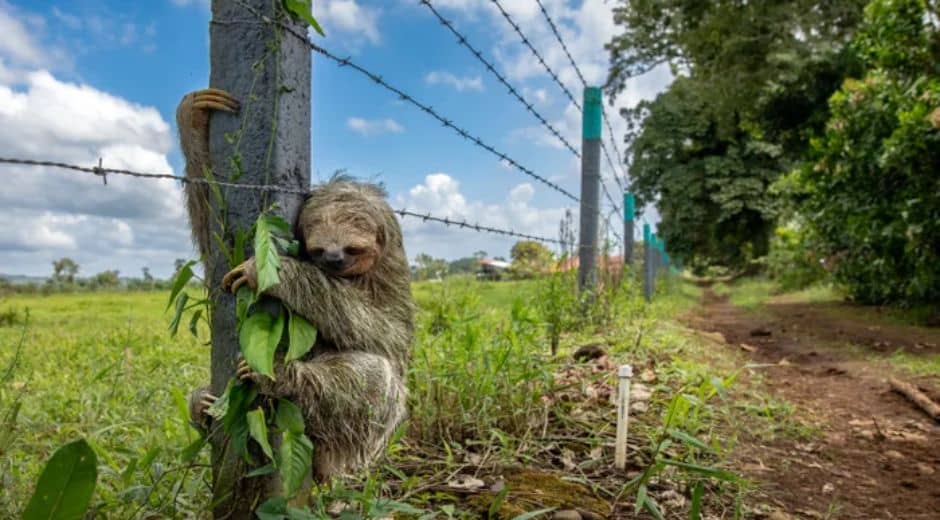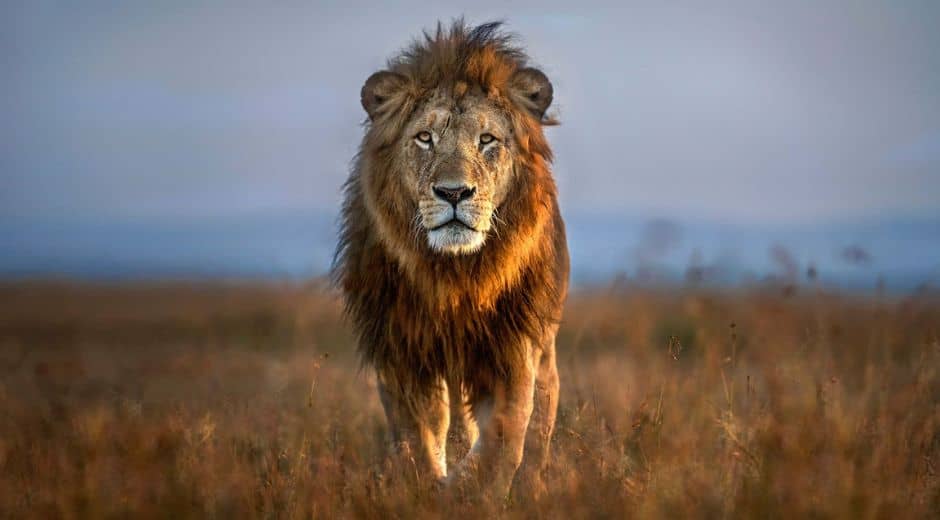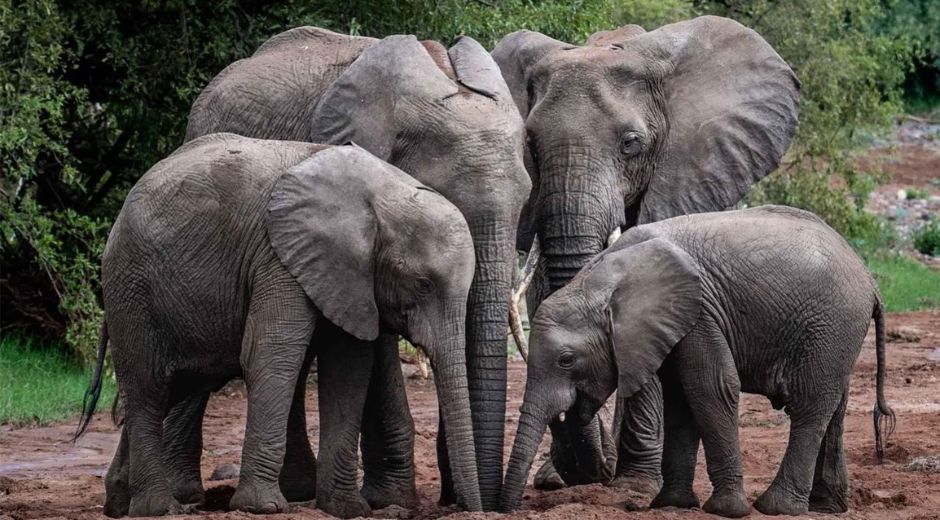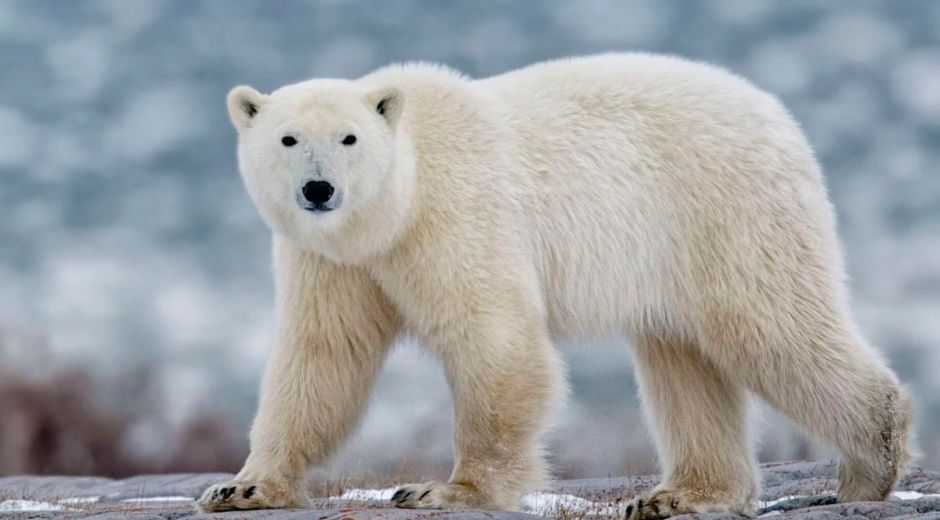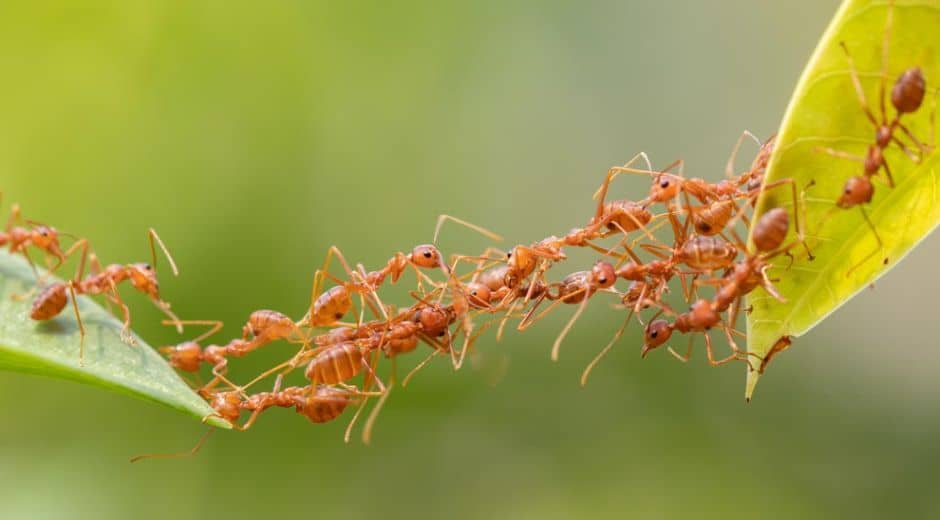7 Domestic Animals You Won’t Believe Were Once Wild
7 Domestic Animals You Won’t Believe Were Once Wild
Many animals we consider part of our homes today were once wild creatures, roaming forests, plains, and jungles. The process of domestication has shaped their behavior, appearance, and relationship with humans over thousands of years. Understanding how these Domesticated animals evolved from wild ancestors gives insight into history, biology, and our connection with the natural world. These transformations highlight how humans and animals influenced each other over centuries, creating relationships built on survival, companionship, and mutual benefit.
1. Dogs – From Wolves to Loyal Companions
The most familiar domestic animal, the dog, originated from wolves. Thousands of years ago, humans and wolves formed a mutualistic relationship: wolves scavenged near human camps, and humans benefited from their hunting skills. Over generations, selective breeding led to the wide variety of Domesticated dogs we know today, ranging from tiny Chihuahuas to massive Mastiffs. Dogs’ loyalty, protective instincts, and unique personalities still reflect their wild origins, showing the fascinating journey from untamed predators to our beloved household companions. For more insights on animal evolution, visit Zoopora.
2. Cats – The Silent Hunters of History
Cats, now beloved domestic pets, descended from wild African wildcats. Ancient humans valued them for controlling rodent populations near grain stores. Over time, their social tolerance increased, and humans began feeding and sheltering them. Today, Domesticated cats retain their hunting instincts, though they are adapted to living in our homes, forming bonds with families while still displaying traces of their wild heritage. Their independent nature and agility continue to remind us of the environment and challenges their ancestors faced in the wild.
3. Horses – From Wild Plains to Human Partners
Horses were once untamed animals roaming the steppes of Eurasia. Early humans domesticated them for transportation, agriculture, and companionship. Domestication altered their behavior, size, and endurance. Today, Domesticated horses are indispensable in sports, therapy, and recreation, yet their wild instincts—such as herd behavior and flight responses—remain evident in training and handling practices. These instincts contribute to their strong social bonds and careful responses to unfamiliar environments, making them both reliable partners and fascinating animals to study.
4. Pigs – From Forest Foragers to Farm Residents
The domestic pig originated from wild boars found in Europe and Asia. Early humans tamed them for food, selectively breeding for size, temperament, and adaptability. Despite being Domesticated animals today, pigs retain intelligence and curiosity reminiscent of their wild ancestors, often displaying problem-solving abilities and social behaviors similar to those seen in wild boar populations. Their adaptability and memory make them remarkable animals capable of thriving in varied environments and learning complex tasks efficiently.
5. Chickens – From Jungle Birds to Backyard Flocks
Chickens are descendants of the red junglefowl native to Southeast Asia. Initially domesticated for food and rituals, they were bred for docility and egg production. Despite their domestic status, many chickens still exhibit wild behaviors such as pecking hierarchies, alertness to predators, and social interactions, which mirror their ancestors’ survival instincts in the wild. Observing their natural behaviors provides insight into early human-animal interactions and how careful breeding retained essential survival traits over generations.
6. Rabbits – From Meadows to Cuddly Pets
Domestic rabbits trace back to wild European rabbits. Humans initially raised them for meat and fur, but selective breeding for temperament eventually made them popular pets. While Domesticated rabbits enjoy comfortable homes, they retain natural behaviors such as burrowing, gnawing, and alertness to potential threats, reminding us of their wild origins. Their playful and curious nature also demonstrates how early environments shaped behaviors, making them both adorable companions and interesting animals to study for behavior enthusiasts. Parents interested in integrating Domesticated animals safely into homes can find guidance at CoolParentingTips.
7. Cattle – From Wild Bovines to Agricultural Partners
Cattle, one of the most common Domesticated animals worldwide, originated from wild aurochs. Humans domesticated them for milk, meat, and labor. Domestication changed their size, strength, and temperament, but even today, domestic cattle display herd instincts, communication behaviors, and social hierarchies that reflect their wild ancestry. Understanding these traits is crucial for effective management, welfare, and breeding practices, ensuring these animals remain productive, healthy, and well-adapted to modern agricultural systems.
Conclusion: The Journey from Wild to Domestic
The transformation of these animals from wild creatures to Domesticated companions is a testament to human ingenuity and patience. From dogs and cats to cattle and rabbits, domestication shaped their behaviors, appearances, and roles in society. By appreciating the wild roots of Domesticated animals, we gain deeper respect for their intelligence, instincts, and adaptability. These stories also remind us that human intervention can profoundly influence nature. For more fascinating insights into animal evolution and domestication, explore BioNatureVista.
Nature Inspires Every Step
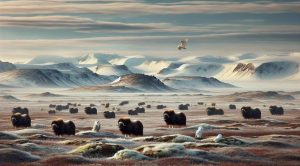
How Tundra Wildlife Survives Extreme Arctic Conditions
How Tundra Wildlife Survives Extreme Arctic Conditions

Life Above the Trees: Exploring the Rainforest Canopy
Life Above the Trees: Exploring the Rainforest Canopy
